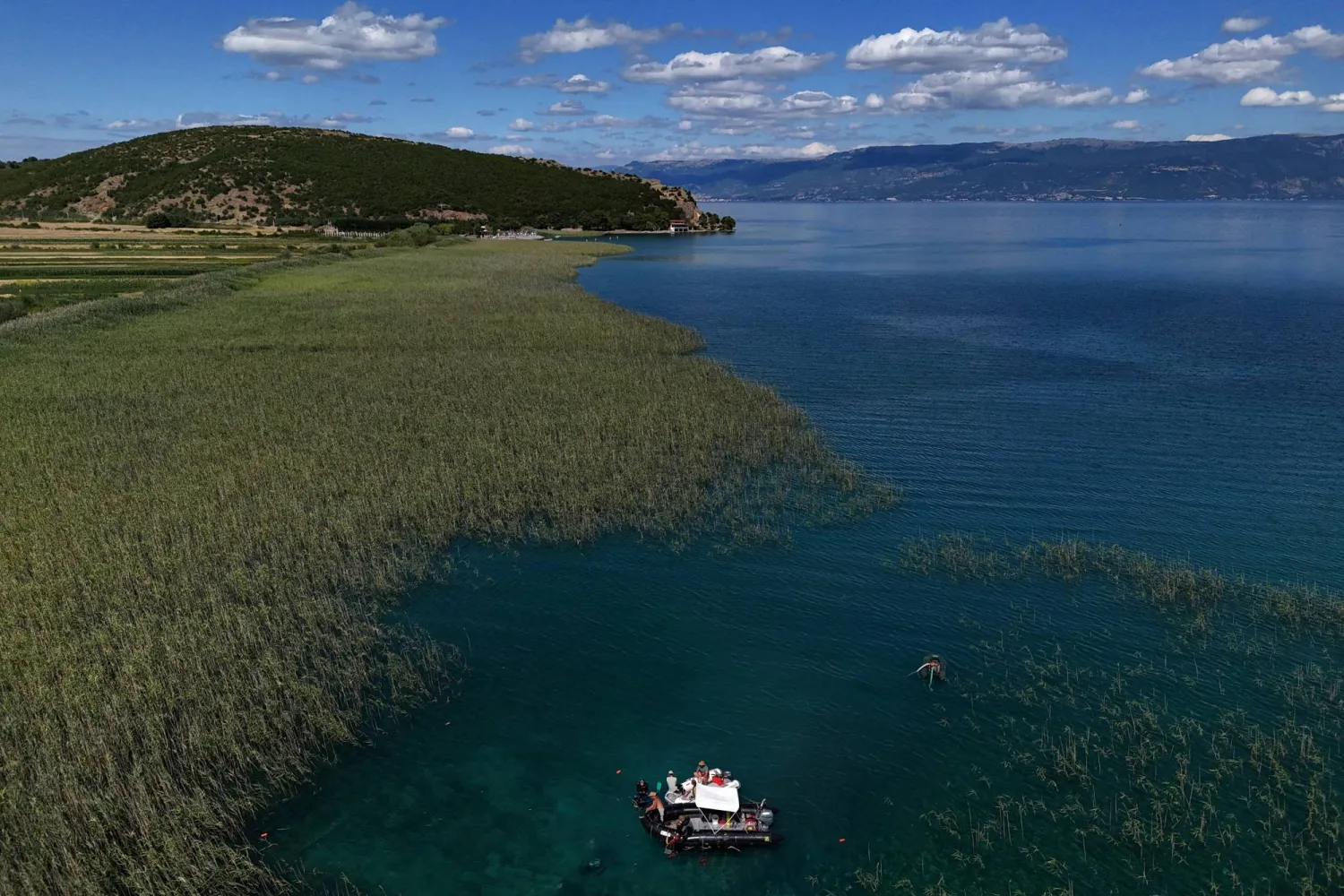Germany's new panda twins now have names — or rather, two names apiece.
The two female cubs, born at the Berlin Zoo on Aug. 22, were introduced Friday as Meng Hao and Meng Tian ("beautiful dreams" and “sweet dreams”). Alternatively, they also answer to the very Berlin names of Leni and Lotti — tributes to Berlin native Marlene Dietrich and the German capital's Charlottenburg district, The Associated Press reported.
The pair, who lay on their bellies on a mattress and peered at photographers as the Chinese ambassador to Germany and Berlin's mayor unveiled their names, are the second pair of giant pandas born in Germany.
The first were their elder brothers Meng Xiang and Meng Yuan, who became far better known by the German names Pit and Paule. The cubs were born in August 2019 and were a star attraction in Berlin until they were flown to China nearly a year ago — a trip that was contractually agreed from the start but delayed by the COVID-19 pandemic.
All are the offspring of mother Meng Meng and father Jiao Qing, who arrived in Berlin in 2017.
Zoo director Andreas Knieriem said the youngsters are growing fast, putting on nearly 100 grams (3.5 ounces) per day and now weighing in at almost 6 kilos (13.2 pounds) each.
Giant pandas have difficulty breeding and births are particularly welcomed. There are about 1,800 pandas living in the wild in China and a few hundred in captivity worldwide.
Meng Meng was artificially inseminated in March. Female pandas are fertile only for a few days per year at most.
China gifted friendly nations with its unofficial mascot for decades as part of a “panda diplomacy″ policy. The country now loans pandas to zoos on commercial terms.
Berlin's New Panda Twins Have Been Named

Giant panda twin sisters, Leni and Lotti are presented during their name-giving ceremony in an enclosure at the Zoo in Berlin, Germany, December 6, 2024. REUTERS/Lisi Niesner

Berlin's New Panda Twins Have Been Named

Giant panda twin sisters, Leni and Lotti are presented during their name-giving ceremony in an enclosure at the Zoo in Berlin, Germany, December 6, 2024. REUTERS/Lisi Niesner
لم تشترك بعد
انشئ حساباً خاصاً بك لتحصل على أخبار مخصصة لك ولتتمتع بخاصية حفظ المقالات وتتلقى نشراتنا البريدية المتنوعة





